Estimated reading time: 3 minutes
This is part one in a three-part series on customer loyalty.
Standing Out in a Sea of Sameness
We’ve all heard the adage that “it costs five times more to acquire a new customer than it does to retain an existing one.” It’s been proven in study after study, and while the 5X figure might even be low in some businesses, one thing is likely: customers are valuable, they take a while to find, they cost money to win, and it’s cheaper to keep them than it is to find new ones to replace them.
Why Contractor Loyalty Programs Matter
Loyalty is a smart business play. It’s also an ever-changing practice, in an ever-changing purchase ecosystem. And for distributors, it’s more important today than any time we can recall. Here’s why contractor loyalty programs are essential.

What’s your difference?
As the supply chain problems of the pandemic-era subside, today’s distributors are finding a new challenge for sales—how do we differentiate in a period of availability? Many B2B companies see no difference between suppliers because they see little difference in the products. And too often companies fail to communicate an advantage.
The rise of digital buying has led to a steep decline in direct interactions with sales teams, further compounding the problem and limiting the opportunity to communicate your value proposition. And B2B International reports that the average proportion of B2B markets that prioritize price over all other decision drivers is only 20%.
If product and price aren’t the differentiator … and your people aren’t the differentiator … then what is?
What does the customer think?
37% of respondents said they would switch to a distributor who offers an incentive if everything else was equal.
In 2021, Channel Marketing Group, on behalf of a client, solicited contractor feedback regarding their loyalty to distributors, and the role of incentives, loyalty, and rebate programs. When the question was asked, “would you switch business to a distributor who offers an incentive so your company could earn the reward?” 37% of respondents said “yes, if all else is equal”, and another 32% shared “possibly”.
Many distributors fully understand the importance of a contractor or customer loyalty program: they help to foster long-term relationships, increase retention, and can help to increase sales and revenue. If done right, loyalty programs also can provide valuable data and insights into customer behaviors and purchase preferences.
Respondents to the Channel Marketing Group research shared that 61% of their distributors did, or had, offered an incentive or loyalty program. In the battle for customer retention, incentive and loyalty programs are differentiators among competitors.
Contact us today to learn more about how our programs can boost customer retention.
Check out Part Two and Part Three of our three-part series on contractor loyalty.
Read our latest insights
- Top Five Takeaways from the 2025 Incentive Research Foundation Invitational
- Must-Haves for Your Next Incentive Travel Program
- The Power of Customer Loyalty: Your Key to Driving Business Growth
- Effective Ways to Motivate Employees and Refocus Your Team Through Recognition
- Next Level Performance Continues Commitment to Community in 2024



